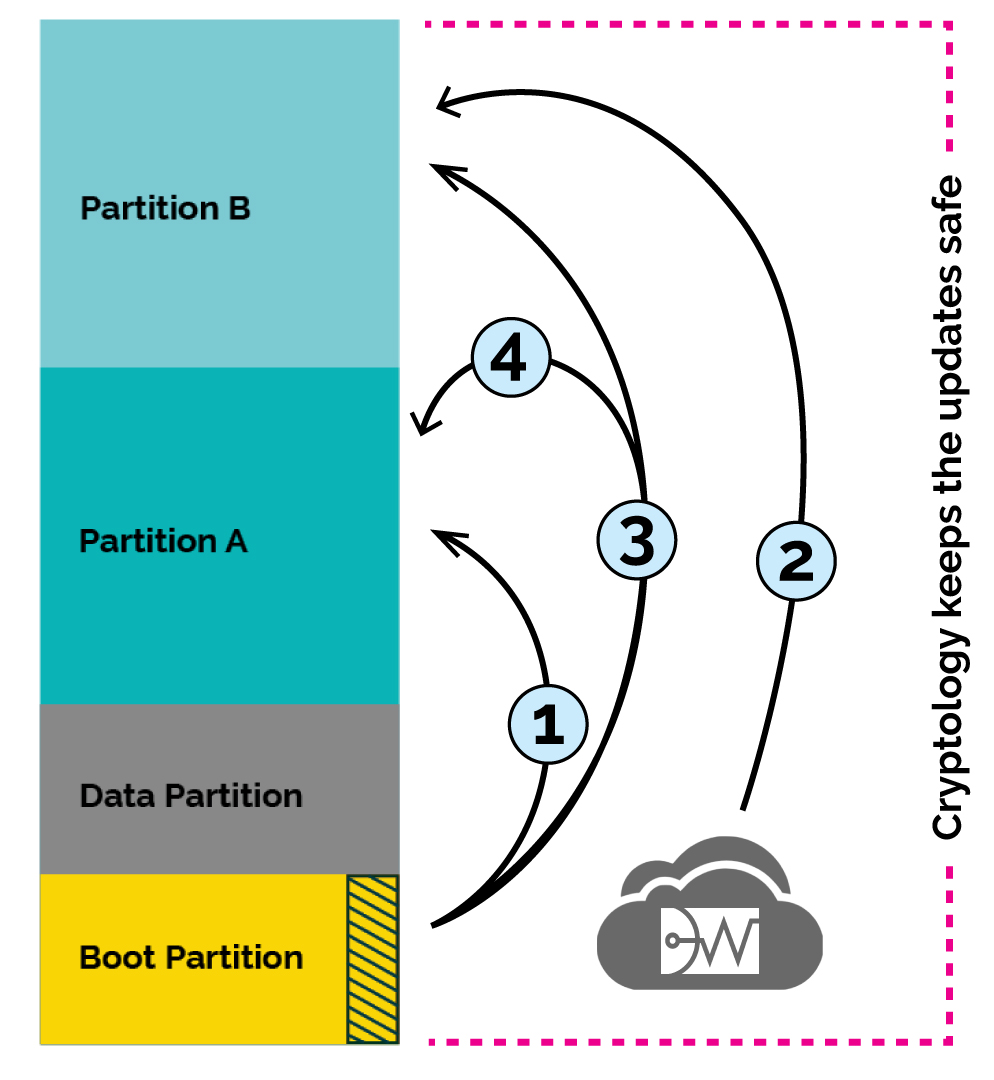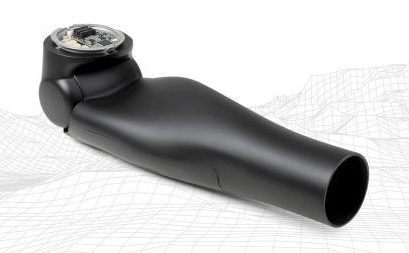The Importance of Over-The-Air (OTA) Updates in IoT
The Importance of Over-The-Air (OTA) Updates in IoT
- Last Updated: December 2, 2024
DornerWorks
- Last Updated: December 2, 2024



It's easy to forget just how connected our lives have become until that connection is broken. Most people carry their phones in a pocket all day long. They're rarely out of reach, even when we sleep.
But, imagine the cost of having to call a technician to your home to update that device or risk your data being exposed by a critical vulnerability. It’s a frustrating thought, yet this is the disruption that companies without a software update and sustainment plan in place could be causing their customers.
Technology is accelerating upwards in capability while getting smaller. The shiny new Linux kernel installed on a time-critical industrial controller today will be outdated each quarter, other platforms are being patched and updated even more frequently. Meanwhile, products that stay the same may never leverage the new potential those updates hold. Worse yet, they may not even be compatible with newer systems without some intensive augmentation.
Over-The-Air (OTA) updates make it possible for companies to roll out new patches, software or firmware to the devices in their network without ever having to recall those devices and interrupt their customers' lives.
Wireless carriers and OEMs are a good example. Android phones are updated multiple times a year, sometimes with a completely new operating system. And, users aren't dropping their phones off at the nearest AT&T or Sprint store. In many cases, they're setting up the updates to take place while they're sleeping, letting mobile operators install new operating system updates by way of the cellular infrastructure, and waking up for breakfast with a new UX and added features.
OTA updates can be applied to embedded systems as well. The OTA update approach below doesn't look exactly the same as what you might see on iOS or Android, but it accomplishes the same goal: updates customized to each customer's needs so they don't have to pay for features that aren't critical to their products.
Over-The-Air (OTA) updates make it possible for companies to roll out new patches and software to their devices without ever having to recall those devices and interrupt their customers' lives.
It looks a lot like this:

Image Credit: DornerWorks
- The device's standard process: booting up and running in Partition A, and storing any needed data in the Data Partition.
- Securely managed from the cloud, OTA updates are downloaded to Partition B and the Boot Partition configuration is updated.
- The device reboots, this time running in Partition B, also using the Data Partition so that all the same data is available.
- If Partition B doesn't load correctly, the system reverts to Partition A, and the update is tried again. Else, Partition B is running successfully, and the update has been made.
With cryptography, we can secure the process and block bad actors from downloading data or forcing their own updates into the device, though that's not always necessary. There's economics at play as well and many companies must navigate the engineering cost versus risk and determine how far they should go to protect their devices. For instance, the way you protect an industrial washing machine might not be the same as how you protect a prosthetic arm.
College Park Industries released the Espire Elbow in 2019. It improves the freedom of movement and quality of life for people across the world, and DornerWorks played a role in the elbow's development. Among other solutions, we implemented an NRF52832 Bluetooth module and the system by which OTA updates can be pushed to the elbow without disrupting users.

Image Credit: College Park Industries
In College Park's case, it's important to keep the information in those updates protected from hackers. The potential of someone losing control of their limb to a bad actor was a risk the company wanted to protect itself against.
For another company, it may not be worth the extra engineering hours to ensure the same level of security. Either way, cloud-managed deployments can be adjusted to roll out at off-peak usage times. This way, a device will not suddenly stop updating itself in the middle of an important task, like grilling a porterhouse to perfection or keeping a newborn baby warm.
Obsolescence used to be inevitable on a long enough timeline, but it doesn't have to come between your business and your customers' lives. OTA updates can help companies make customers for life, rather than just the life of their products.
DornerWorks project manager Eric Bigoness contributed to this article.
The Most Comprehensive IoT Newsletter for Enterprises
Showcasing the highest-quality content, resources, news, and insights from the world of the Internet of Things. Subscribe to remain informed and up-to-date.
New Podcast Episode

What is Software-Defined Connectivity?
Related Articles



